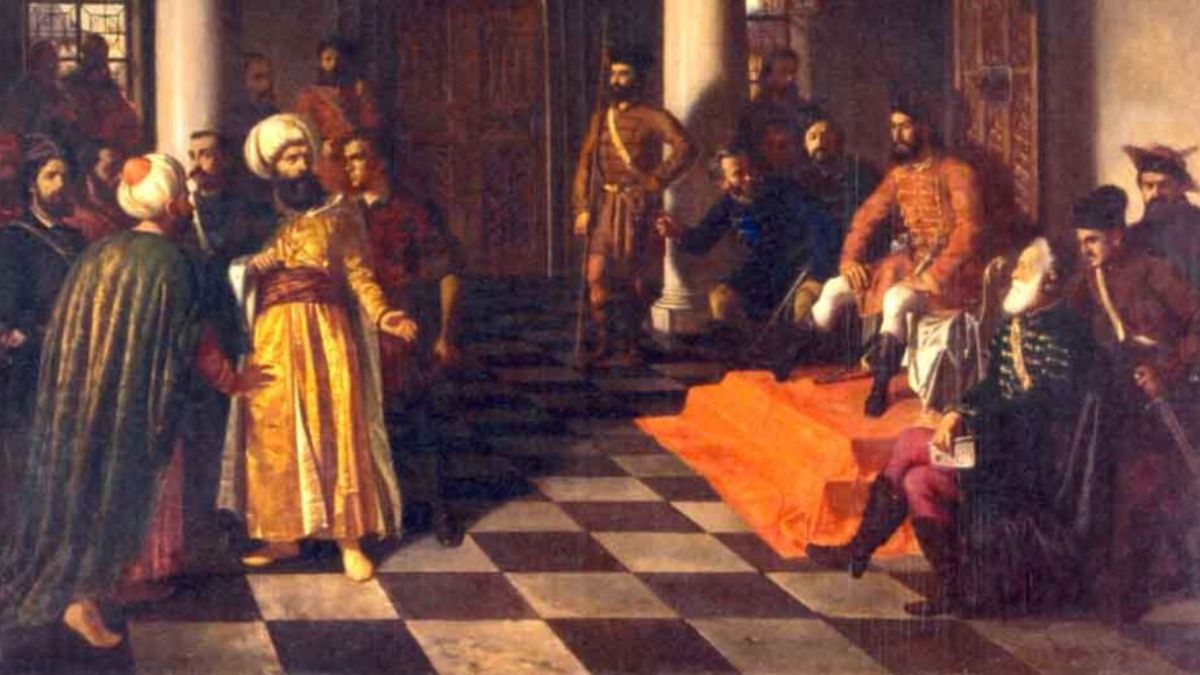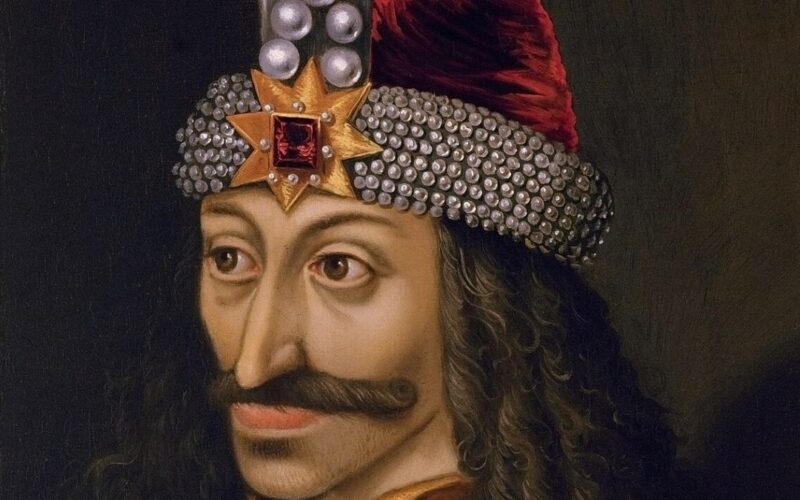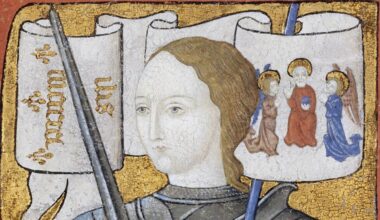Vlad the Impaler, also known as Vlad Dracula or Vlad III, is a figure shrouded in mystery and intrigue, whose legacy has left an indelible mark on both history and popular culture. Often depicted as a cruel and bloodthirsty ruler, Vlad’s reign as Prince of Wallachia in the 15th century was marked by ruthless tactics and brutal acts of punishment. Yet, behind the veil of myth and legend, Vlad remains a complex and enigmatic figure whose impact on Romanian history and medieval Europe is still felt to this day. In this article, we will delve into the life, reign, and enduring legacy of Vlad the Impaler.
Early Life and Rise to Power
Vlad III was born in the 1430s in the Romanian principality of Wallachia, part of modern-day Romania. He was the son of Vlad II Dracul, a member of the Order of the Dragon, a chivalric order dedicated to defending Christianity against the Ottoman Empire. Vlad’s childhood was marked by political intrigue and upheaval, as his father struggled to maintain power amid shifting alliances and threats from rival factions.
In 1447, Vlad’s father was assassinated, leading to a power struggle within Wallachia. Despite his young age, Vlad and his younger brother Radu were sent to the court of the Ottoman Sultan Murad II as hostages to ensure their family’s loyalty. It was during this time in captivity that Vlad witnessed the brutality of the Ottoman Empire, an experience that would shape his future reign as Prince of Wallachia.
Reign of Terror
Vlad III’s first reign as Prince of Wallachia began in 1448, but it was his second reign, from 1456 to 1462, that would cement his reputation as one of history’s most feared and ruthless rulers. Vlad’s reign was characterized by his brutal methods of punishment and his relentless campaigns against his enemies, both foreign and domestic.
One of Vlad’s most infamous tactics was impalement, hence his epithet “the Impaler.” He would impale his enemies on wooden stakes and display their mutilated bodies as a warning to others. This gruesome method of execution became synonymous with Vlad’s reign of terror and earned him a fearsome reputation throughout Europe.

Defiance Against the Ottoman Empire
Vlad’s reign coincided with the height of Ottoman expansion into Eastern Europe, and he became a staunch defender of Christian Europe against the advancing Ottoman forces. He earned the admiration of many Europeans for his defiance against the Turks, even as he employed brutal tactics to maintain control over his own subjects.
Vlad’s most famous military campaign against the Ottomans occurred in 1462, when he launched a series of raids and ambushes along the Danube River. Despite being vastly outnumbered, Vlad’s guerrilla tactics and knowledge of the terrain allowed him to inflict significant casualties on the Ottoman army. However, his victory was short-lived, as he was eventually forced to retreat into the mountains, where he continued to wage a guerrilla war against the Turks.
Legacy and Legend
Vlad the Impaler’s reign came to an end in 1476 when he was killed in battle against the forces of his rival, Prince Basarab Laiota. Despite his death, Vlad’s legacy endured, both in the historical annals of Romanian history and in the popular imagination.
Over the centuries, Vlad’s gruesome reputation as a bloodthirsty tyrant inspired the creation of one of literature’s most enduring villains: Count Dracula. Bram Stoker’s 1897 novel, “Dracula,” drew inspiration from Vlad’s life and exploits, blending fact with fiction to create a character that would become synonymous with horror and vampirism.
Unraveling the Enigma of Vlad the Impaler
Vlad the Impaler remains a figure of fascination and controversy, his life and reign steeped in legend and myth. While his brutal methods and ruthless tactics earned him a fearsome reputation, Vlad’s defiance against the Ottoman Empire and his role in defending Christian Europe have also earned him admiration and respect.
Despite the passage of centuries, the legacy of Vlad the Impaler continues to captivate the imagination of people around the world. Whether as a historical figure, a literary villain, or a symbol of Romanian national identity, Vlad’s impact on history and culture endures as a testament to the enduring power of myth and legend.










